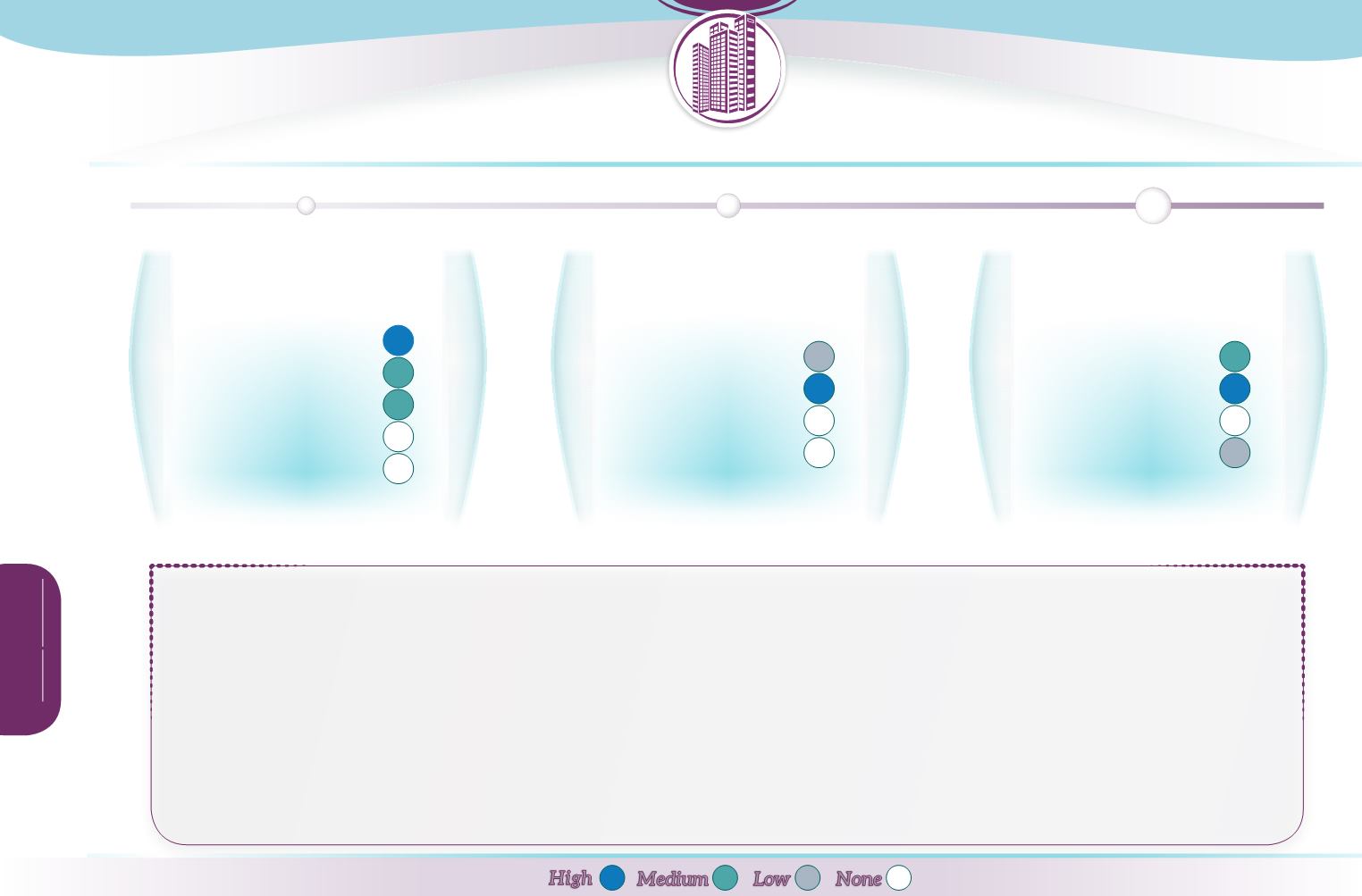
E
cosystem
servicesdelivered
Provisioning
Regulation & maintenance
Cultural
Abiotic
C
ontribution
topolicyobjectives
Water Framework Directive
Floods Directive
Birds & Habitats Directive
2020 Biodiversity Strategy
P
otential
biophysicaleffects
Runoff
Reducing pollution
Soil conservation
Habitat
Climate Change
High
Low
Medium
None
Infiltration trenches function by
collecting runoff
and
infiltrating
it to the underlying soils. They are generally designed to infiltrate all water from the contributing drainage
area up to a
1 in 30 year event
. Effectiveness can reduce significantly over time if high levels of sediment are allowed to enter the trench. Infiltration trenches thus enhance
the potential of the landscape to store water during floods, and reduce the risk of
surface runoff flooding
; they may contribute to a reduction in peak river flows in small
catchments.
Infiltration trenches can provide full infiltration from areas of hardstanding which results in a significant, although localised, contribution to
groundwater recharge
. They may
thereby contribute to improving
groundwater status
, although the volume contribution from each trench is small.
Infiltration trenches can be effective at
pollutant removal
, which will be improved by good design and adequate maintenance: they are effective at sediment control only where it
is entrained in runoff in low concentrations (otherwise requiring pre-treatment). However, the potential for pollution to groundwater needs to be considered since infiltration trenches
bypass the vegetation and soil layers. Through reducing diffuse pollution, infiltration trenches may make a small contribution to preserving and improving surface
water quality
.
As a component in sustainable urban water management, infiltration trenches provide a limited contribution towards improved green infrastructure.Where used in agricultural
areas, they contribute to more sustainable practices.


